AST 101: Survey of Astronomy
What is Astronomy? What even is is a solar system, galaxy, or black hole? Why do we explore?
This class is the broadest overview of astronomy. We skim the surface of many subjects, but do not go very deep anywhere. This class can be a great starting place for understanding the breadth astronomy and how it connects to the human experience.
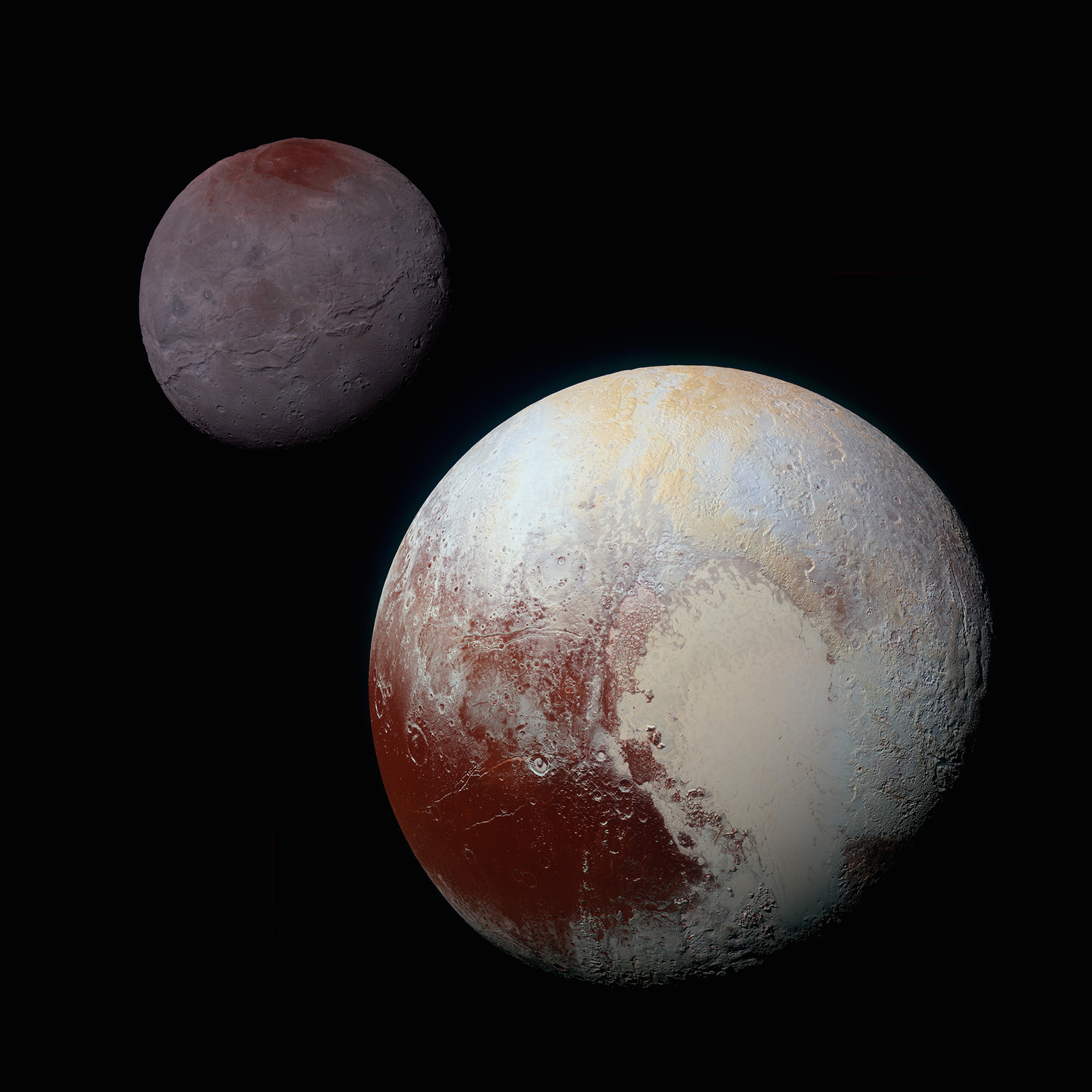
Image credit:NASA/JHUAPL/SwRI
AST 111: Introduction to Solar System Astronomy
What are other worlds like? Could we go skiing on Mars? Are other worlds habitable? What would happen if an asteroid hit the Earth?
In this class we look closely at Earths closest neighbors, the other worlds of our solar system. Each world is a unique destination with its own story. Through learning those stories we reflect on what that teaches us about the Earth.
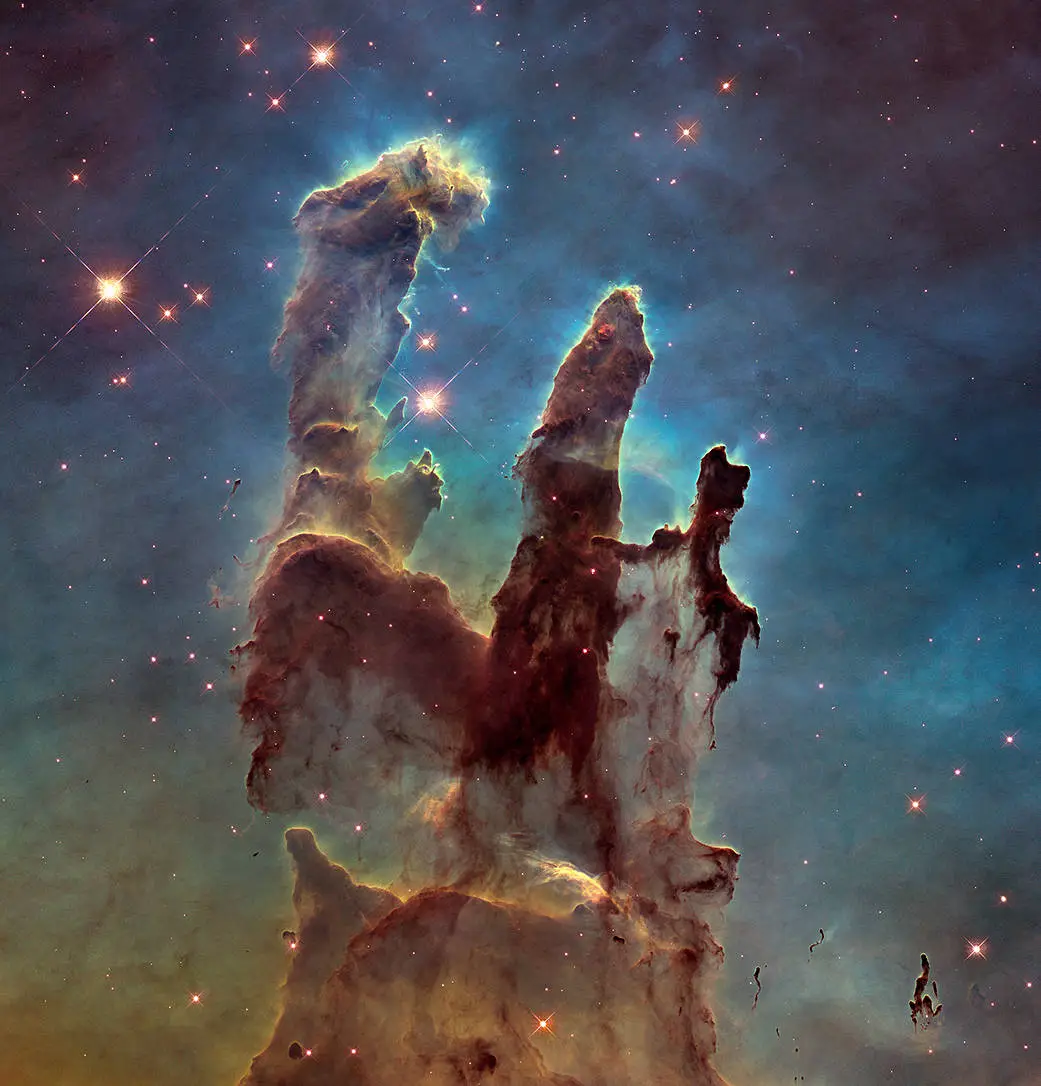
NASA, ESA and the Hubble Heritage Team (STScI/AURA)
AST 112: Introduction to Stars, Galaxies, and Cosmology
How do we know the big bang happened? How do black holes form? Where do stars come from? What is going on in those beautiful space telescope images?
This is the class of big questions at the biggest scale. We will explore the life cycles of stars and of the universe itself. We will breakdown the evidence for the big bang, showing how we know what we know. We will learn how the elements that make up our bodies were forged in the cores of stars and then were spread over the galaxy.
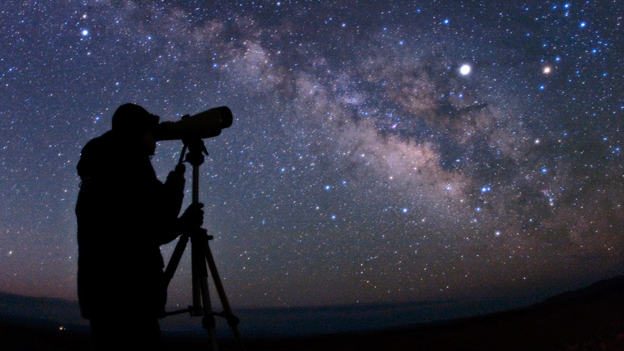
 Image credit:NASA/JHUAPL/SwRI
Image credit:NASA/JHUAPL/SwRI NASA, ESA and the Hubble Heritage Team (STScI/AURA)
NASA, ESA and the Hubble Heritage Team (STScI/AURA)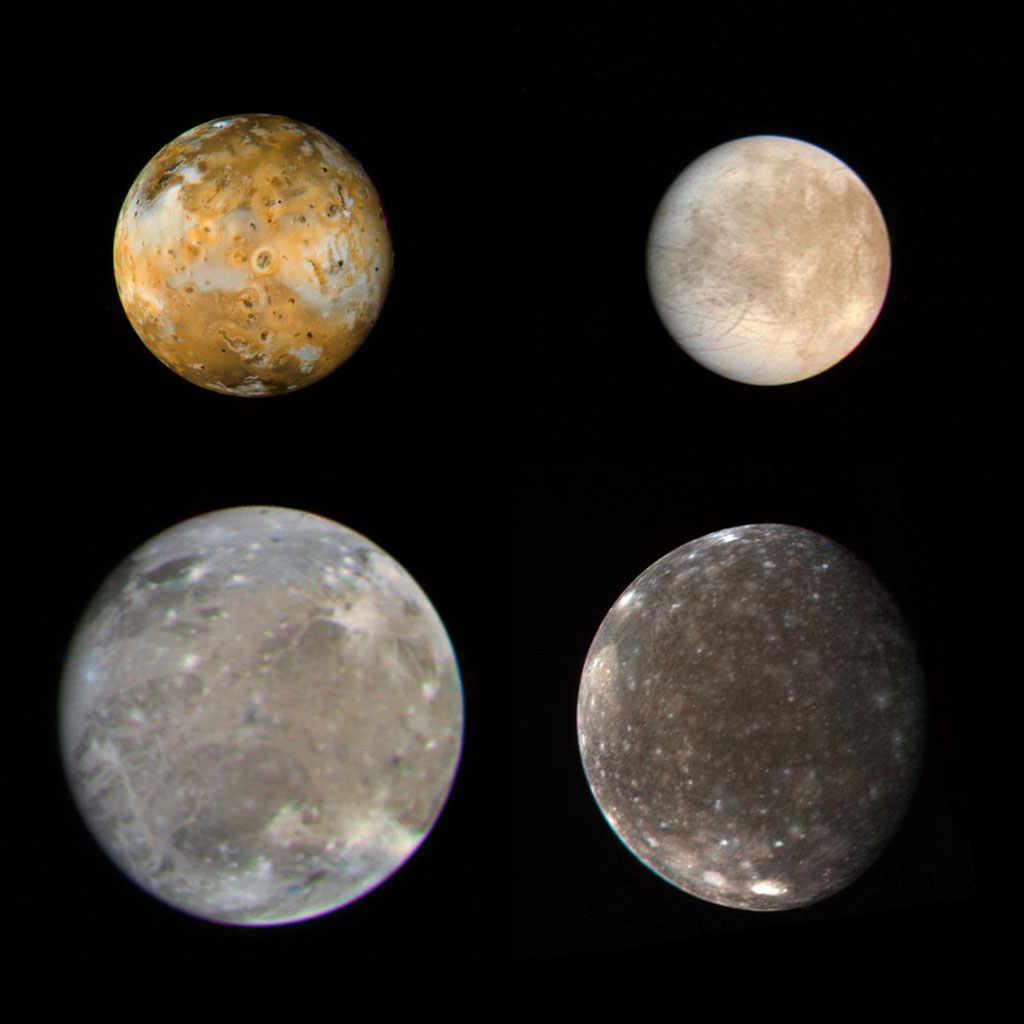 Image credit:NASA/JPL
Image credit:NASA/JPL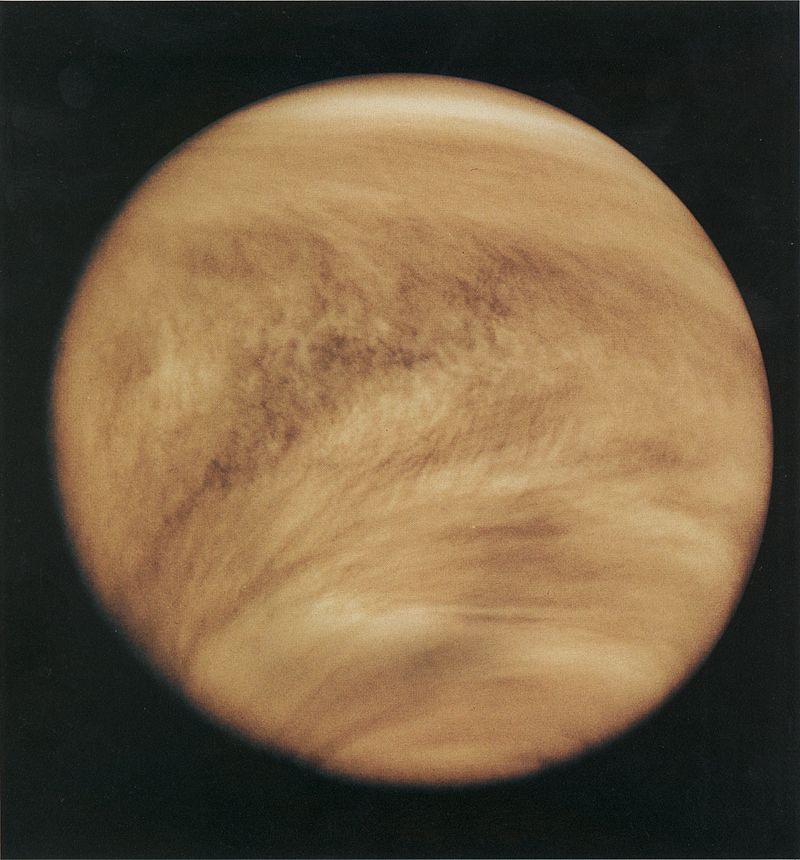 Pioneer Venus UV image
Pioneer Venus UV image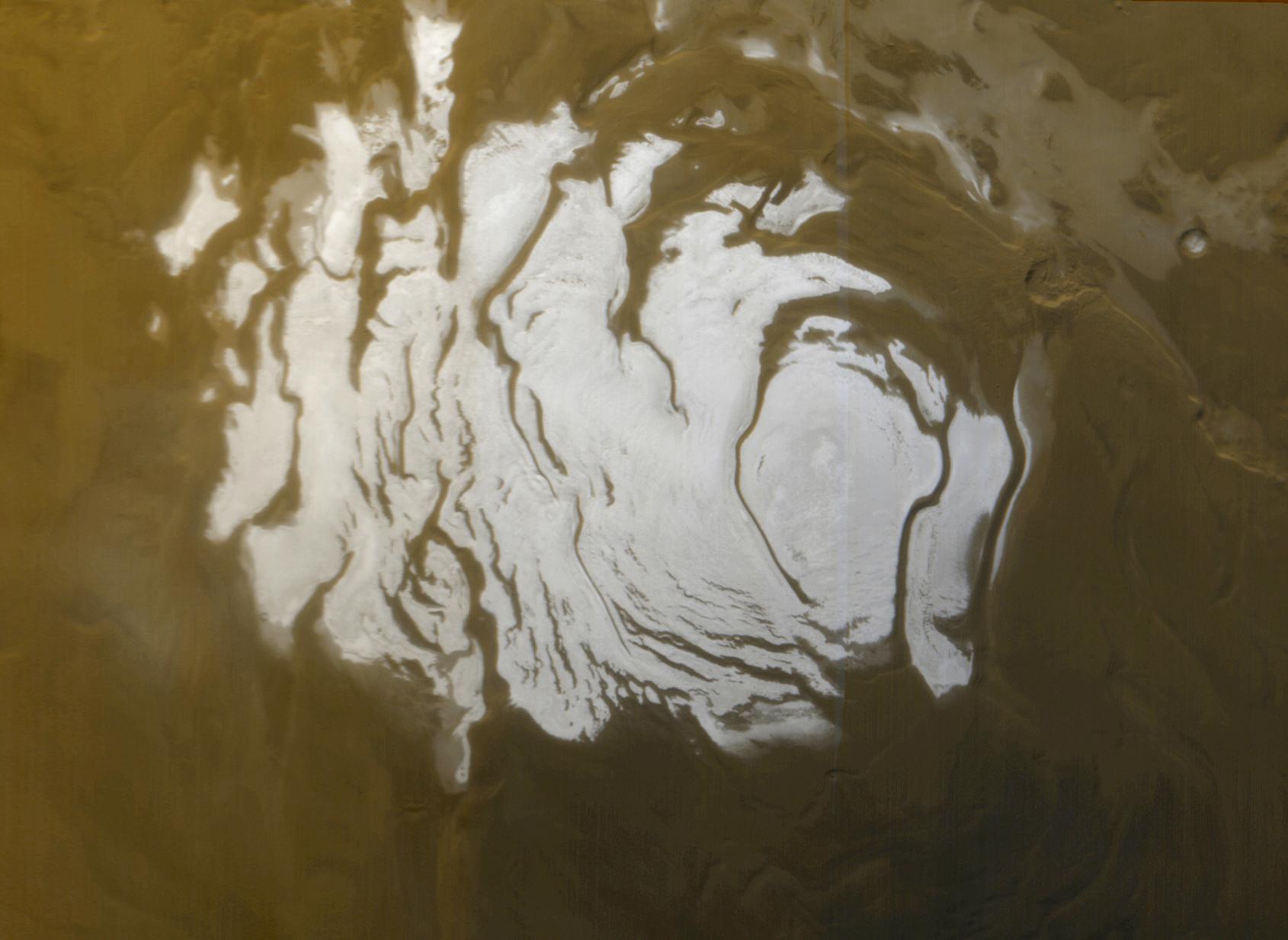 Image credit: NASA/JPL-Caltech/Malin Space Science Systems
Image credit: NASA/JPL-Caltech/Malin Space Science Systems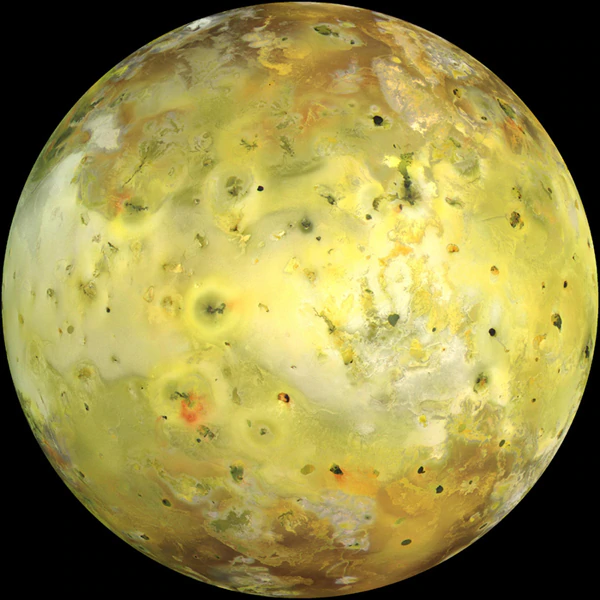 Image credit:NASA/JPL/University of Arizona
Image credit:NASA/JPL/University of Arizona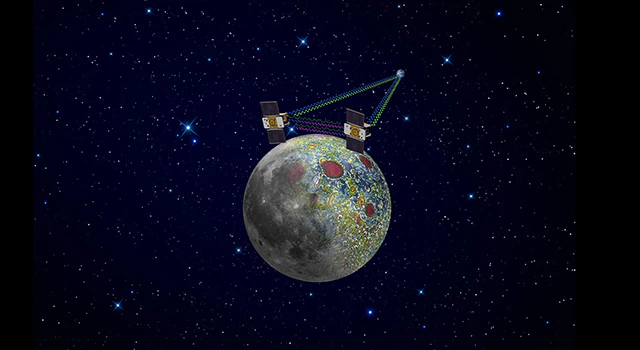 Image credit: NASA/JPL-Caltech
Image credit: NASA/JPL-Caltech